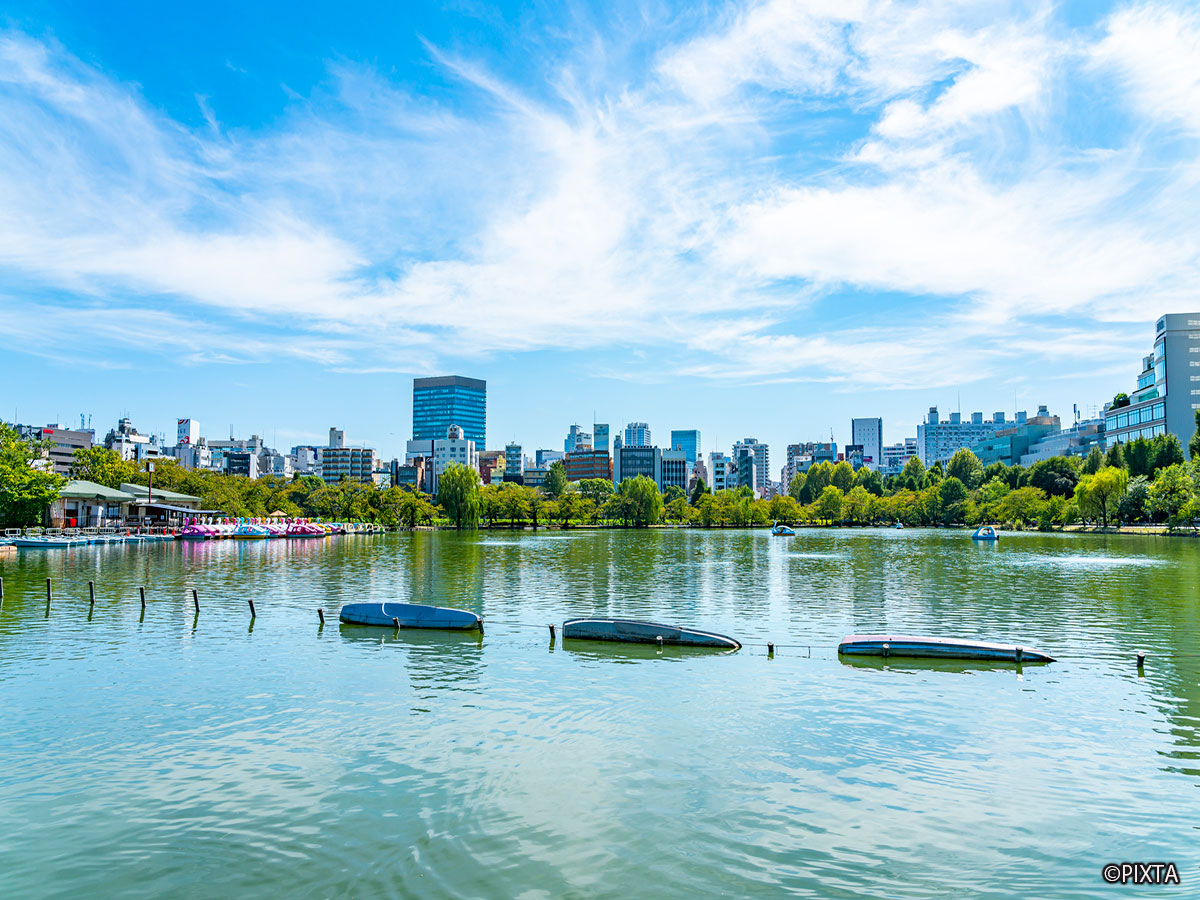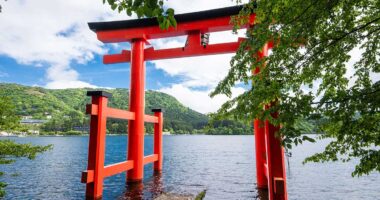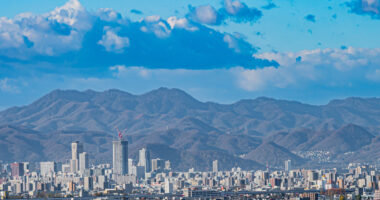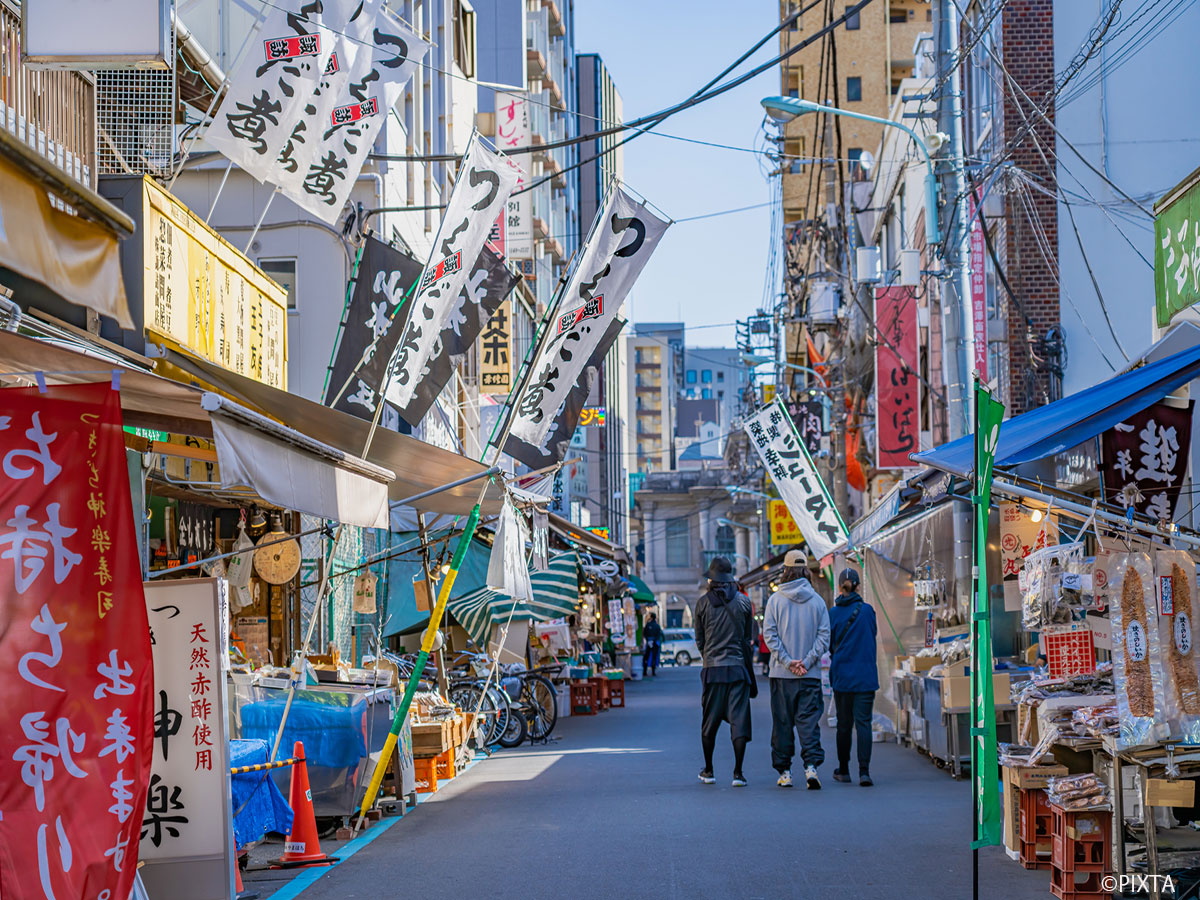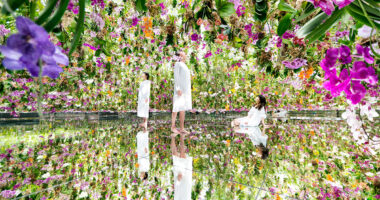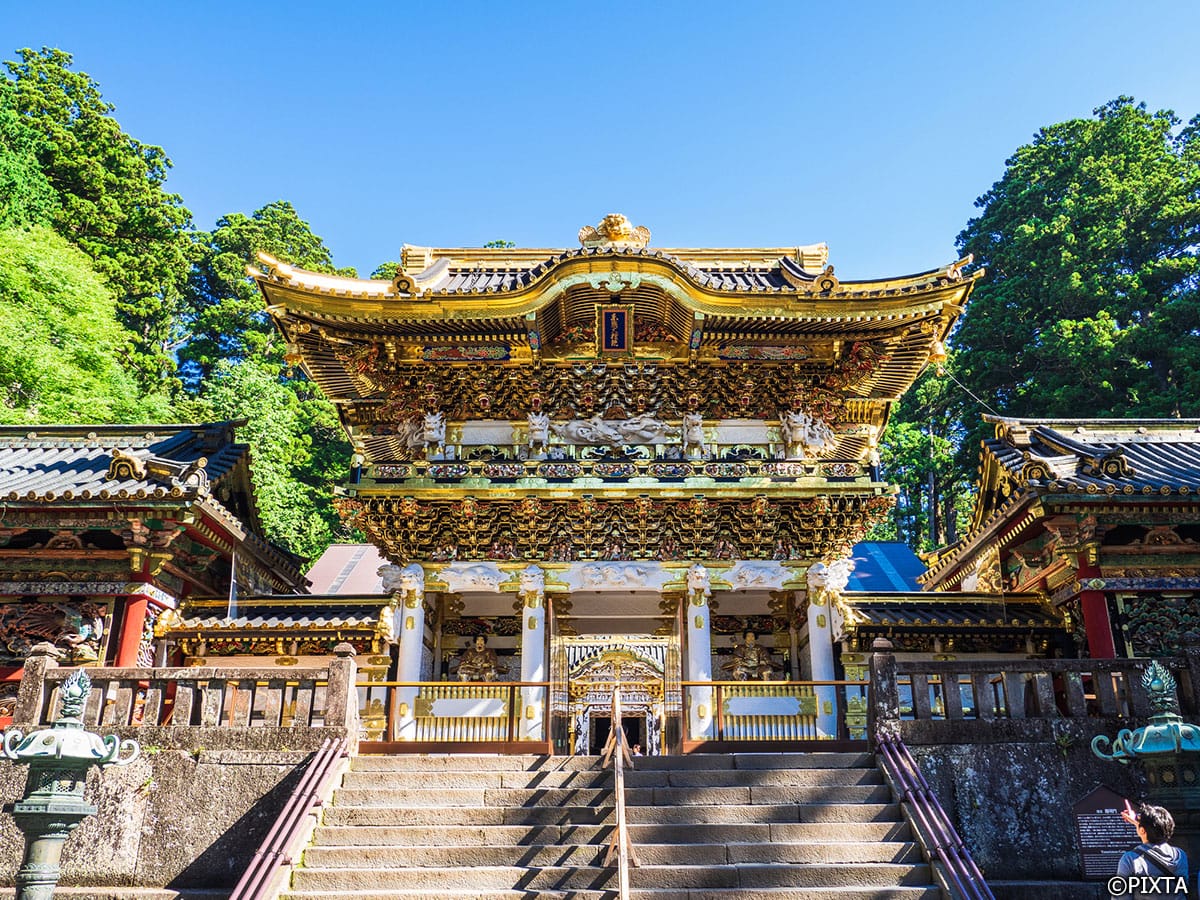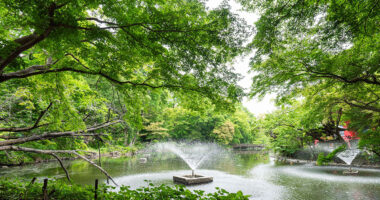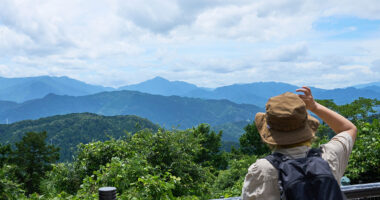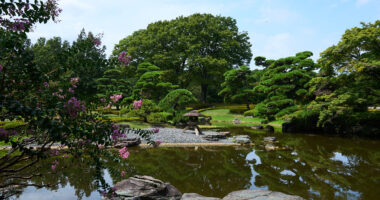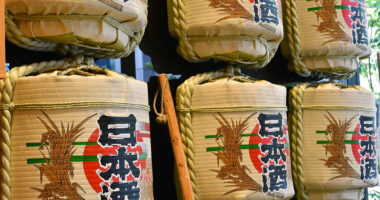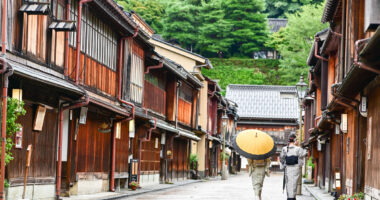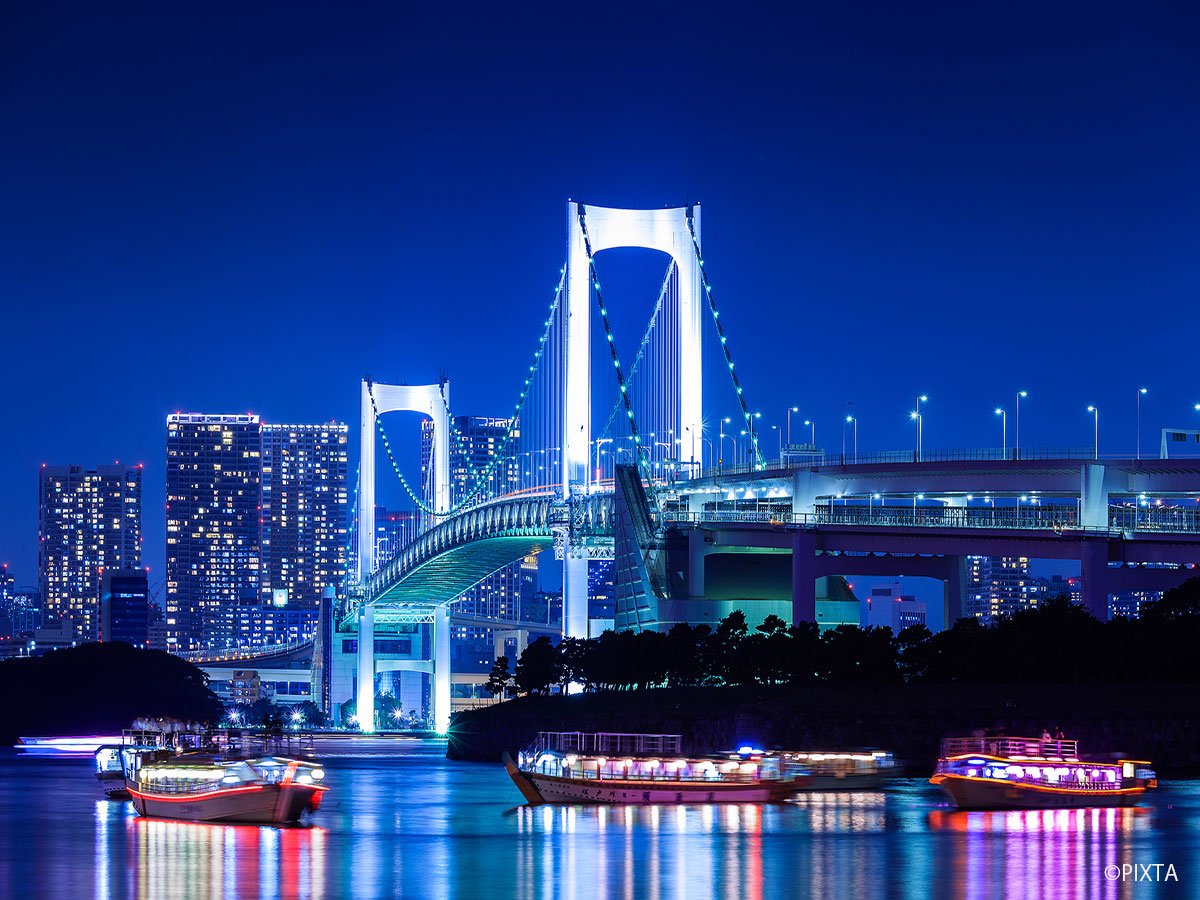When most travelers plan a trip to Japan, places like Tokyo, Kyoto, or Osaka usually top the list. But just a short train ride away from the capital lies Saitama—a region often overlooked, yet brimming with history, culture, and natural beauty. If you’ve ever dismissed Saitama as “just a suburb of Tokyo,” it’s time to think again. From centuries-old festivals to serene mountainscapes, Saitama offers a refreshing escape from the city without straying far.
Here are six compelling reasons why Saitama deserves a spot on your Japan itinerary.
- It's closer than you think—but feels a world away
- Step back in time in Kawagoe's Edo-style streets
- Sacred shrines and festivals in Chichibu
- Nature escapes without leaving the region
- Festivals that celebrate local traditions
- Perfect for slow travel and hidden discoveries
- Final thoughts: don't overlook Saitama
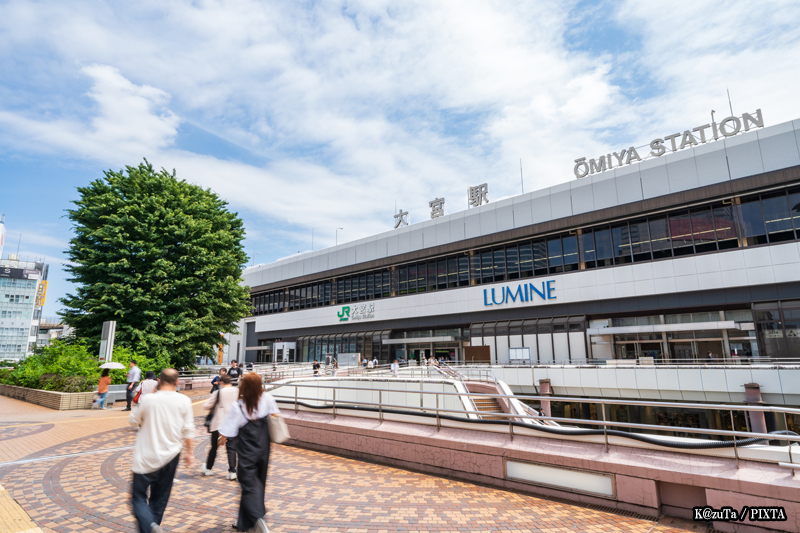
Photo for illustrative purposes
It’s closer than you think—but feels a world away
One of Saitama’s greatest assets is its location. Just 30 to 40 minutes from central Tokyo by train (depending on the specific station and line you take), Saitama is incredibly easy to access. Major transport hubs like Omiya Station (via the JR Saikyo Line or Tobu Tojo Line) connect seamlessly with Tokyo, making it ideal for a quick day trip or even a peaceful overnight getaway.
Though nearby, Saitama often feels calmer and more relaxed than central Tokyo. Here, you’ll find less crowded streets, slower-paced neighborhoods, and a more laid-back atmosphere. Whether you’re exploring historical districts or hiking in the hills, Saitama gives you space to breathe—without the long travel times.
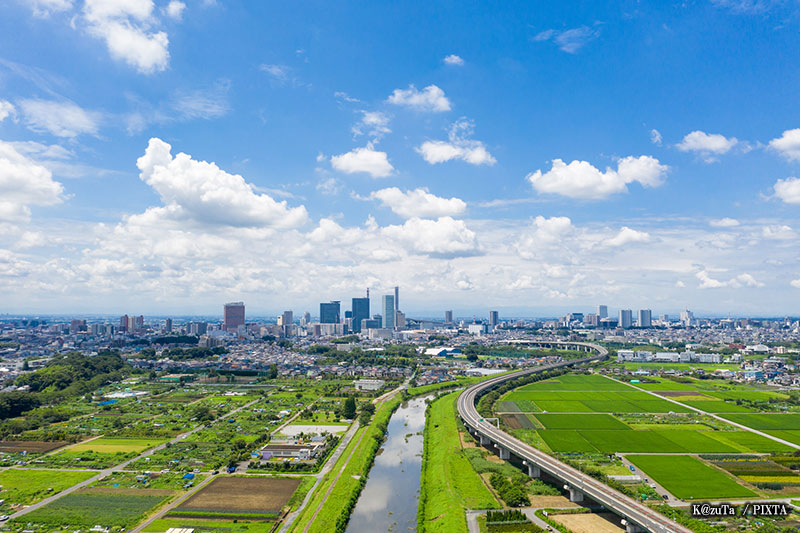
Photo for illustrative purposes
Step back in time in Kawagoe’s Edo-style streets
Nicknamed “Little Edo” for good reason, Kawagoe is one of Saitama’s standout destinations. This beautifully preserved town evokes the charm of Japan’s Edo period (1603-1868), with streets lined by traditional clay-walled kura storehouses and wooden merchant shops.
The iconic “Toki no Kane” bell tower still rings out over the town, offering a soundscape as nostalgic as the scenery. Visitors can stroll through Kurazukuri Street, sample traditional sweets, and even rent a kimono to complete the experience. Kawagoe is living history, inviting you to see, taste, and feel a piece of old Japan.
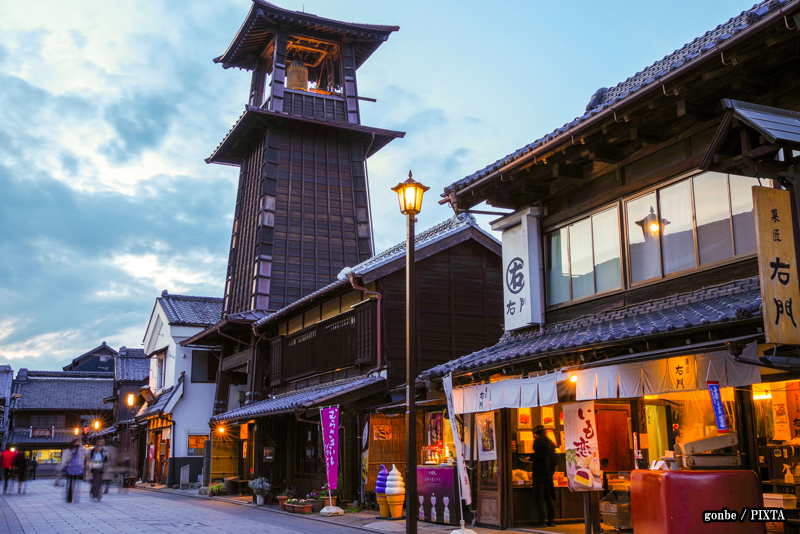
Photo for illustrative purposes
Sacred shrines and festivals in Chichibu
Nestled in the mountains of western Saitama, Chichibu is a spiritual and cultural heartland with roots stretching back over 2,000 years. Its centerpiece is Chichibu Shrine, a sacred site blending Shinto tradition with intricate carvings and centuries-old architecture.
But what truly sets Chichibu apart is its seasonal festivities. The Chichibu Night Festival held each December is among Japan’s most spectacular, featuring enormous illuminated floats, fireworks, and traditional music under the winter sky. It’s recognized as a UNESCO Intangible Cultural Heritage and draws visitors from across the country.
For a quieter visit, spring and autumn offer stunning views of shibazakura (moss phlox) and changing leaves, all within easy reach of central Saitama.
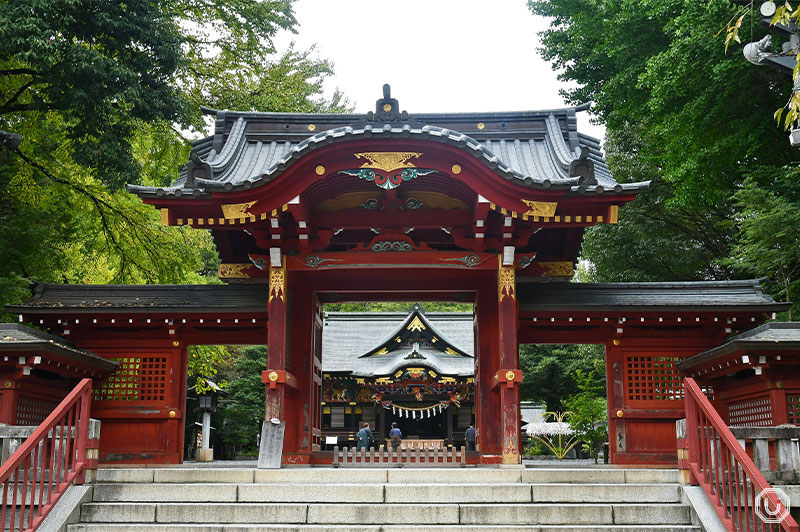
The Shinmon Gate of Chichibu Shrine
Nature escapes without leaving the region
If you’re craving outdoor adventures, Saitama offers a surprising range of natural attractions. From mountain hikes to river cruises, the prefecture is a playground for nature lovers.
- Nagatoro: Known for its scenic river gorge, Nagatoro offers activities like traditional boat rides, known in Japanese as ra’in-kudari, whitewater rafting, and rock formations shaped by centuries of water flow.
- Mount Hōdo: Take a ropeway up for panoramic views and seasonal flower fields that change throughout the year—plum blossoms in spring, azaleas in early summer, and red maple leaves in autumn.
- Musashi Kyūryō National Government Park: This vast park near Shinrin-koen Station is perfect for biking, picnics, and forest walks.
In Saitama, a day in nature is never more than an hour away.
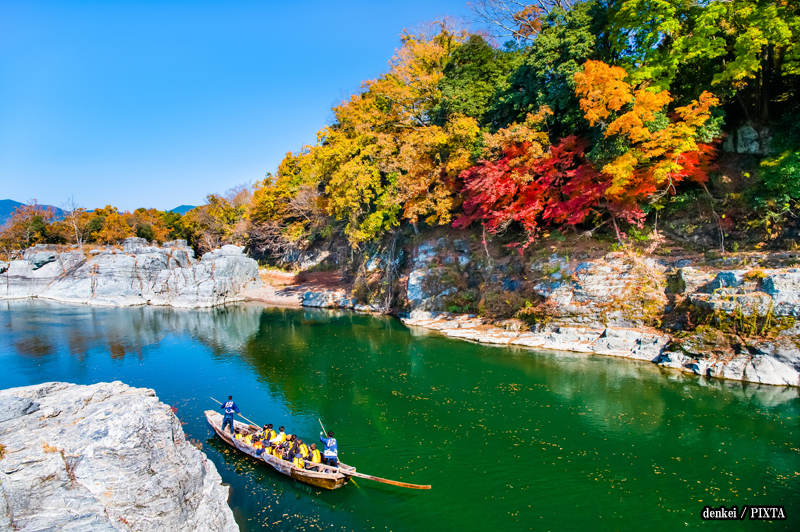
Photo for illustrative purposes
Festivals that celebrate local traditions
Saitama’s seasonal festivals reveal the depth of its local culture—and many remain off the radar of most foreign tourists. These events are more than just entertainment; they’re expressions of regional identity and time-honored customs.
- Kasukabe Wisteria Festival: Held yearly from mid- to late April and continuing to early May, this festival held beneath flowering wisteria trellises includes performances, parades, and floral-themed treats.
- Izumo Iwai Shrine’s horseback archery: This thrilling display of samurai skill, known in Japanese as yabusame, takes place each spring and fall. Young riders shoot arrows at targets while galloping past the shrine grounds.
- Kuki Lantern Festival: In summer, enormous floats adorned with glowing lanterns parade through the streets, creating a magical spectacle after sunset.
Joining a local festival in Saitama gives you a rare, intimate look at Japan’s living traditions.
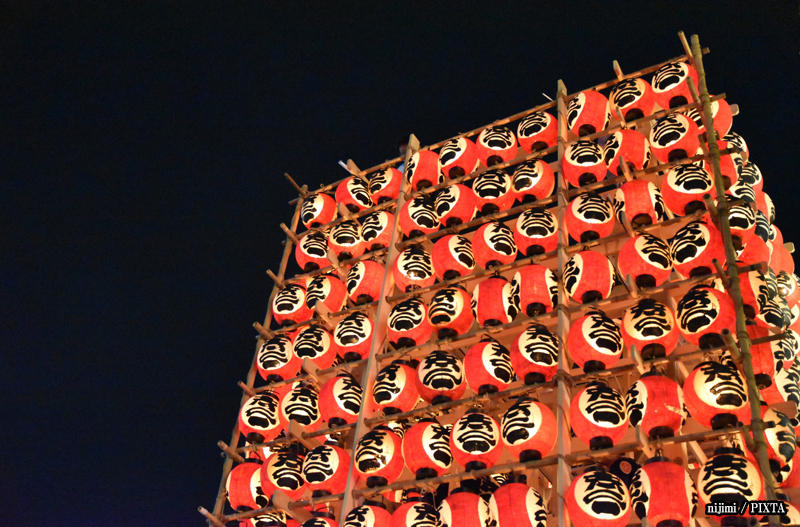
Photo for illustrative purposes
Perfect for slow travel and hidden discoveries
Saitama is tailor-made for travelers who want to go beyond the guidebooks. It’s a destination where wandering down a side street leads to unexpected finds—be it a family-run miso shop, a centuries-old temple, or a riverside café tucked beneath the cherry trees.
Compared to Tokyo, the pace here is slower, the conversations longer, and the experiences more personal. For digital nomads, solo travelers, or couples looking to explore at their own rhythm, Saitama offers the freedom to take things slow and connect more deeply with Japan’s local life.
Many small towns in Saitama have their own micro-cultures and flavors. From the rice paddies of Minuma to the crafts of Higashimatsuyama, there’s always something to discover—often just one local train ride away.
Final thoughts: don’t overlook Saitama
So, is Saitama worth visiting? Absolutely. It may not boast the neon flash of Shibuya or the ancient grandeur of Kyoto, but what it offers is just as valuable: authenticity, calm, and an invitation to experience Japan off the beaten path.
If your travel plans include Tokyo, adding a day or two in Saitama could transform your trip. It’s a side of Japan that most tourists miss—but one you’ll be glad you didn’t.
Planning tips
- Access: Major stations include Omiya, Kawagoe, and Chichibu. Most are easily reached by JR or private railways.
- Best time to visit: Spring (for flowers) and autumn (for foliage and festivals) are especially beautiful.
- Photography: Early morning or late afternoon light brings out the best in traditional townscapes and nature scenes.
Whether you’re a first-time visitor or a seasoned Japan traveler, Saitama offers a rare blend of accessibility and authenticity that might just surprise you.

